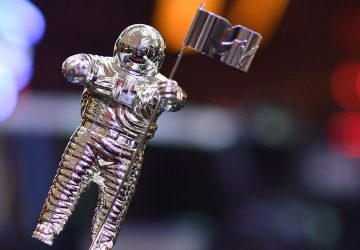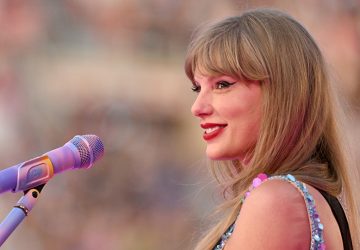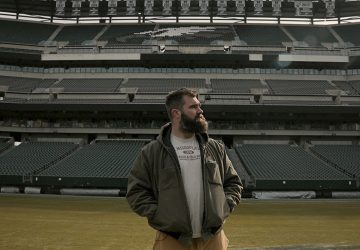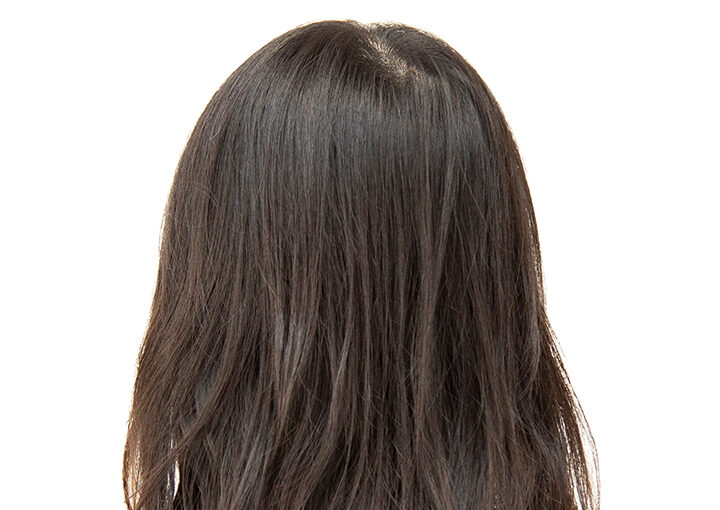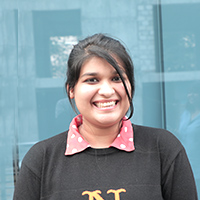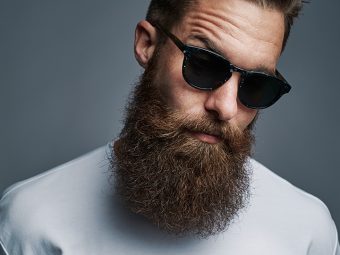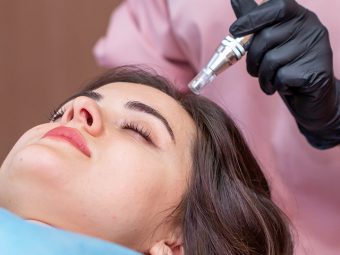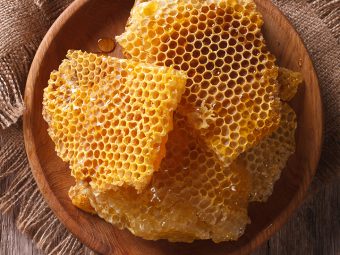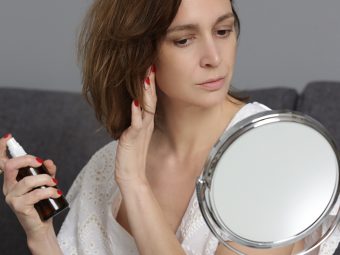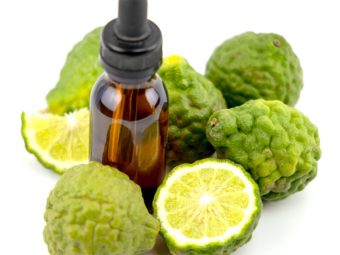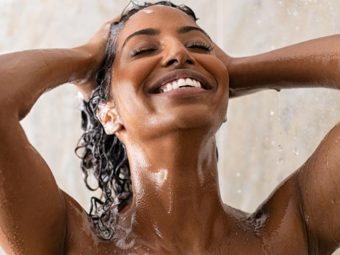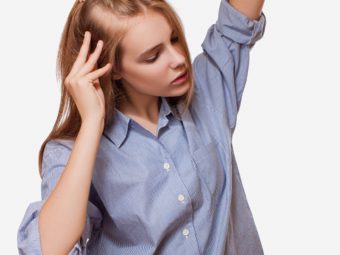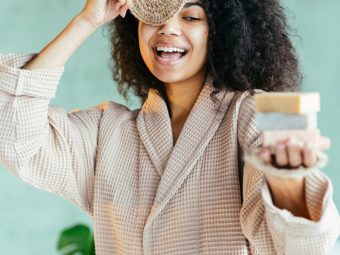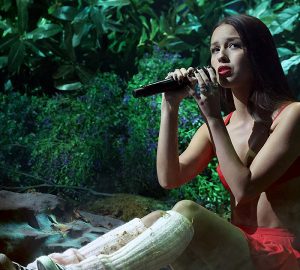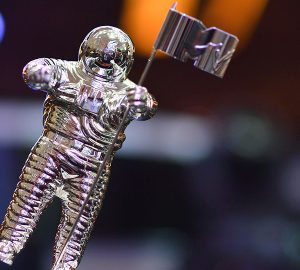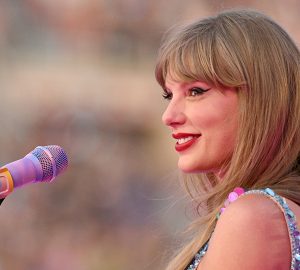[ad_1]
In the world of straight and curly hair, the 1C hair type undergoes an existential crisis. This hair type is often overlooked and confused with either 1B or 2A. While 1C hair is definitely straight, it is the waviest of all the straights. This hair starts straight from the roots and bends mid-shaft to give a wavy texture. In this article, we discuss the 1C hair type in detail, list down its pros and cons, tell you how you can manage it, and show the various styles you can try with it. Continue reading.
What Is 1C Hair Type And What Does It Look Like?
From the root, the 1C hair lies flat on the scalp with slight bends and arcs. These hair bends curve inward toward the chin and vaguely resemble the S-shaped waves of type 2 hair. Although it is straight hair, the 1C type has a soft tousled shape with a more subtle body than the 1A and 1B hair types. It is typically coarse to medium-coarse, and is known for having flyaways, frizz, and oiliness right after washing.
Following are the general characteristics of 1C hair:
- Look:Bends a bit from the midshaft to the ends and the extra body, though mostly has straight strands
- Texture:Coarse to medium-coarse
- Shine:Not as lustrous as 1A and 1B hair types
- Features:
- Prone to oiliness when freshly washed, but appears incredibly full, thick, and voluminous
- Easier to curl because of the coarser strands
Differentiating 1C Hair From Other Hair Types
Since 1C has tousled, soft waves, it is very frequently confused with 1B or 2A hair types. Therefore, to eliminate the confusion once and for all, we have tabulated the characteristics of each hair type.
| Hair Type | Texture | Curling Ability | Susceptibility to Oiliness |
|---|---|---|---|
| 1B | Medium texture, with mild bends from the mid-shaft. Strands are more on the straighter side. No wave pattern. | Cannot maintain a curl without products. | Gets oily frequently from roots to ends. |
| 1C | Medium to coarse texture and has a gently ruffled or bent texture without complete waves. | Readily holds curls but making tight ringlets is a challenge. | Frequently gets oily at the roots. |
| 2A | Soft, uneven waves with a fine-to-medium texture and prominent waves. | Easily holds curls. | Prone to oiliness at the roots. |
If you have 1C hair, do bear in mind that you have certain advantages! Learn more in the next section.
Benefits Of 1C Hair
1. NeedsLow Maintenance
1C hair needs low maintenance and does not require frequent styling or a lot of product. The texture of this hair type is somewhere between wavy and pin-straight. It starts straight from the roots, bends a little in the middle, and extends to the ends. Its naturally tousled texture makes it a low-maintenance hair type. Furthermore, if left to air dry, it dries in its distinctively unruly form. So, without any effort, 1C hair types look fine. This makes it ideal for those who are short on time or don’t want to spend a lot of time styling their hair.
2. Is Versatile
1C hair is versatile and can be worn in many different styles. It can be worn straight, wavy, or curly and can be easily styled with minimal effort.
3. Has A Natural Healthy Look
1C hair type has strong strands that make it easier to achieve length. Curly and wavy strands have weak points since they bend or coil, making them more prone to breakage. But as the 1C hair type does not totally wave or curl, it is stronger. Moreover, this hair type is usually thicker and makes maintaining length much easier as you don’t have to worry about breakage or split ends. The strong strands also make it easier to style and manipulate, allowing for more creative styling options.
4. Is Damage-Resistant
This hair type is typically coarse and thick, making it more resistant to damage from styling and environmental factors. Coarse hair refers to the 1C hair strand structure that has 3 layers— cuticle, medulla, and cortex—which is distinct from that of other hair types that only have two layers (the cuticle and cortex). The spongy, deep medulla helps retain moisture and delays the onset of many types of damage, which tend to occur more quickly in finer hair types.
Furthermore, the 1C hair type tends to be less prone to damage from heat styling tools and products, making it a great choice for those who want to maintain their natural hair without worrying about the long-term effects of hair styling.
The 1C hair type has certain downsides too. Learning about them can help you deal with them better.
Downsides Of 1C Hair
1. Is Prone To Frizz And Flyaways
Since 1C hair type is coarse, it is more prone to frizz and flyaways. Therefore, styling it or creating sleek and polished looks can be a challenge. Furthermore, chronic dryness problems increase frizziness.
2. Makes Scalp More Prone To Oiliness
1C hair is usually very fine and can be prone to oiliness, making it difficult to keep it or the scalp clean and free of product buildup. The straight strands allow oil to travel from the sebaceous glands in the scalp to the roots and further along the strands. As a result, the hair can become greasy in a day or two after the wash. Moreover, the scalp produces even more oil once it “detects” that all oil has been stripped off. This leads to a cycle of oily hair and frequent cleaning, leading to more secretion of oil from the sebaceous glands.
3. Can Become Too Poofy
Type 1C hair can readily poof from the mid-length down, despite lying flat at the top. It has a lot of natural volume because it is coarse and tends to be dense and thick. Hence, its natural volume may appear poofy under humidity or under-moisturized conditions. While proper moisture in the hair can help control the fluffy volume without flattening it, obtaining smooth and sleek styles is challenging even after using flat irons or anti-frizz products.
4. Can Develop Knots And Tangles
Thick, unruly hair often gets tangled and knotted and can get difficult to untangle. This can make combing the hair a challenge.
5. May Have Drier Ends
1C hair tends to have drier ends because the natural oils from the scalp have a hard time getting to the hair tips through the mid-body bends.
6. Can Make It Hard To Find The Right Hair Care Products
Finding products that work on any hair type can be challenging. Additionally, since 1C hair is usually very fine and prone to dryness, finding products that work well with the hair type can get more difficult.
Although hair care is a long and arduous journey, taking care of 1C tresses with the correct information and guidance will help make the job easier. Check out the following section to know more.
How To Take Care Of Type 1C Hair
- Use A Sulfate-Free Shampoo And Conditioner: Type 1C hair is prone to dryness, so it’s essential to use products that won’t strip the hair of its natural oils. Hence, look for products that are free of sulfates and other harsh chemicals.
- Avoid Over-Washing: Since 1C hair tends to get greasy more frequently, avoid over-washing. Instead, try washing every three to four days using a shampoo specifically designed for oily hair. This reduces the amount of natural oil produced by the scalp without drying out the strands.
- Use Dry Shampoo
If hair starts getting oily before the next wash, spray dry shampoo at the roots to let it absorb the oil and give the hair some volume.
- Use A Deep Conditioner:Deep conditioning treatments are essential for keeping type 1C hair hydrated without making it heavy. In addition, as hair grows longer, type 1C hair tends to become drier at the ends. Hence, conditioning and nourishing should be essential parts of your hair care regimen. Lightweight leave-in creams and serums can be applied from the mid-shafts to the ends of the hair to prevent frizz and brittleness without weighing down the strands.
- Protect Your Hair At Night: To prevent breakageand tangles, use a satin or silk pillowcase or a satin or silk scarf wrapped around your hair to protect it at night. These fabrics will give your head a smooth surface to lie on and help reduce friction that can otherwise tangle your hair.
- Take Measures To Dry Your Hair Properly
A microfiber towel will dry the hair faster and with less friction and breakage.
Air drying may result in more frizz and fluffy volume. But if that is the only option available, keep an excellent anti-frizz serum handy to reduce frizziness.
Blow drying the hair is another option. But as 1C strands are coarse and more heat-resistant than finer hair types, blow drying may cause heat damage over time. Hence, use the lowest heat setting, apply a heat-protectant to your hair, and minimize the blow drying frequency.
Best Hairstyles For The 1C Hair Type
1. Soft Bends
With 1C hair, you can’t go wrong with classy soft waves. They are easier to achieve, need low maintenance, and don’t require any styling products. That said, don’t touch the hair frequently by running your fingers through them; let them be flowy in their natural element.
2. Voluminous Ponytail
The best thing about 1C strands is they already have body and volume. So, gather all hair at the back to accentuate those features and make a bouncy, voluminous, high ponytail. Additionally, combing your hair back makes it slightly simpler to conceal the flyaways and frizz.
Best Haircuts For The 1C Hair Type
1. Layering
A layering cut for 1C hair type involves cutting the hair into layers of varying lengths. This layered look will add volume and texture to the hair. Additionally, it can help create a more defined look and make styling easier. For short 1C strands, layering is also a good option with hidden layers blending well to create a concrete look.
StyleCraze Says
Ask the stylist to cut the ends slightly unevenly to give the hair a more natural texture and body.
2. Shag Cut
Shags enhance the natural texture of the coarse 1C hair by giving it lots of movement. They distribute the volume by reducing the bulk from the thick hair and are very easy to style. The shag is an excellent cut for lazy days or if you’re running short on time, as it needs low maintenance.
StyleCraze Says
Talk to your stylist regarding the various shag cut options available. You can go for the classic cut to edgy punk cut, depending on what complements your features the best.
Conclusion
The hair is a woman’s crown. Everyone wants to have beautiful, healthy, and full-of-life hair. But achieving this is possible only when one knows about their hair type and how to take good care of it. The 1C hair type has its pros and cons. But you can make the best of it by drying it right and using the right products.
Frequently Asked Questions
What is the rarest hair type?
The rarest hair type is 1A, which is characterized by very fine, thin, and straight hair.
Do I have 1A/1B or 1C hair?
1A hair is the straightest type and is usually fine and thin. It is usually shiny and can be difficult to style.
1B hair is slightly wavy but still relatively straight. It is usually thicker than 1A hair and is easier to style.
1C hair is the wavy-straight type and is usually thick and coarse. It is usually more difficult to style than 1A and 1B hair.
Is 1C hair oily?
No, 1C hair is not usually considered oily. It is usually considered normal or slightly dry. Nevertheless, the oil can easily travel from the sebaceous glands to the roots and along the hair, making it look greasy.
How long do 1C curls last?
1C curls typically last up to two days, depending on the type of product used to style the hair and how well the hair is cared for.
Key Takeaways
- 1C hair usually has low to medium porosity, which can be prone to dryness and frizz. Hence, style the hair with products like mousses, gels, and creams that provide moisture and hold the hair in place.
- The hair should be washed and conditioned almost regularly to keep it healthy and hydrated. Use deep conditioning masks once a week.
- It should be trimmed regularly to keep it looking healthy and prevent split ends.
Related
LATEST ARTICLES
[ad_2]

